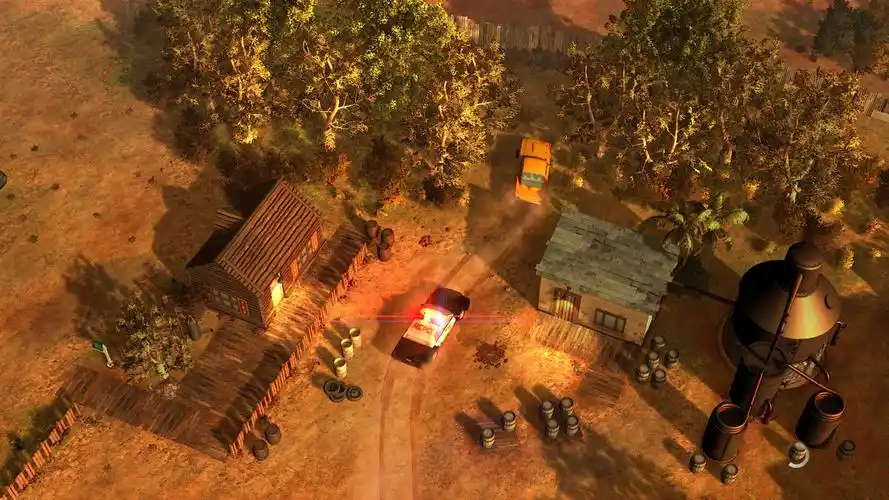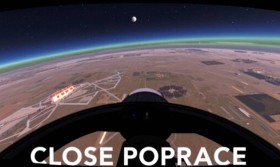Title: Beyond the Sign: How the "Freedom Crisis Shelter Sign Installer Simulator VR" Place Missions Update Redefines Empathy in Gaming
The virtual reality landscape is often dominated by the spectacular: high-octane shooters, fantastical adventures, and pulse-pounding horror experiences. They transport us to worlds we can scarcely imagine. But what about the worlds we choose not to see? The "Freedom Crisis Shelter Sign Installer Simulator VR," a title that initially presented as a quirky, almost satirical take on the "job simulator" genre, has taken a bold and profound step with its latest "Place Missions" update. This isn't just new content; it's a complete recontextualization of the game's purpose, transforming it from a simple task-based simulator into a powerful narrative engine that fosters genuine empathy and quiet contemplation.
Prior to the update, the core loop was straightforward. Players, embodying a volunteer for the fictional "Freedom Crisis Shelter" network, would use their VR controllers to unscrew old, faded signs and install new, reflective ones pointing the way to safety. The mechanics were satisfyingly tactile—finding the right screwdriver bit, aligning the signpost, feeling the haptic buzz of the power drill. It was meditative, a digital form of productive yard work. The "Place Missions" update shatters this peaceful routine by introducing a crucial new mechanic: context.

No longer are you simply replacing existing signage. You are now a pioneer, a cartographer of hope, installing the very first signs in areas that previously had none. The mission briefing no longer just gives you a GPS coordinate; it provides a snippet of narrative. "Reports of increased need in the old industrial district following factory closures," or "New shelter opening its doors, but the route is poorly lit and confusing for those in distress." Suddenly, the sterile game environment is imbued with a haunting, unspoken history. That dark alleyway isn't just a collection of polygons; it's a potential path to salvation for someone who has nowhere else to turn.
The genius of the update lies in its oppressive silence and environmental storytelling. As you arrive at a new "Place" mission location—often a derelict underpass, a deserted backstreet after midnight, or a run-down park—the world feels heavier. The sound design is masterful. The distant, lonely hum of traffic replaces cheerful music. Your own breathing, amplified through the VR headset, becomes the soundtrack. The crunch of gravel under your virtual feet, the whirr of your drill—these sounds echo in the emptiness, emphasizing the solitude of the task and the gravity of its purpose.
You are not a hero battling monsters; you are a solitary figure fighting against indifference. The tension doesn't come from a fear of being jump-scared, but from a deeper, more existential dread: the fear of being too late. As you unpack your kit and look up at the blank wall where the sign will go, you can't help but mentally reconstruct the stories of the people who might one day look for this exact spot. A flickering streetlamp becomes not a lighting effect, but a hazard. A long, shadowy stretch of road becomes a daunting obstacle for someone fleeing danger.
This is where the VR medium proves to be not just a novelty, but the essential vehicle for this experience. The physical act of kneeling to plant the base of the signpost, reaching up to steady the placard, and using both hands to carefully drill it into place fosters a sense of tangible responsibility that a mouse click or controller button press could never replicate. You are not instructing a character to perform an action; you are performing it. The weight of that action, both physical and metaphorical, is palpable.
The update also introduces a subtle, brilliant dynamic weather system for these missions. Installing a sign in the quiet humidity of a summer night is one experience. Doing the same in a relentless, cold downpour is another. The virtual rain streaks your visor, the drill becomes slippery in your hand, and the desire to finish the job quickly and retreat to comfort is overwhelming. It’s in this moment that the game delivers its most powerful lesson: for those seeking shelter, there is no retreat. They are already in the rain. Your minor discomfort is their entire reality. This simple mechanic builds a bridge of understanding, however small, between the player's privileged reality and the harshness of another's.
"Freedom Crisis Shelter Sign Installer Simulator VR" with the Place Missions update transcends its seemingly mundane premise. It joins the ranks of titles like "Papers, Please" and "This War of Mine," using interactive mechanics to explore complex human themes. It demonstrates that empathy is not always about walking a mile in someone else's shoes; sometimes, it's about quietly, diligently making their path a little easier to find, even if you never see them walk it.
The game doesn't offer rewards, points, or a high score. Your reward is the quiet satisfaction of a job done, and the haunting, beautiful knowledge that somewhere in that digital world, a glowing arrow you placed might guide a lost soul home. It’s a sobering, impactful, and unexpectedly essential experience that redefines what a "simulator" can truly be.
Tags: #VRGaming #EmpathyGames #SeriousGames #GameDesign #VirtualReality #IndieGames #SimulatorGames #SocialImpactGaming #FreedomCrisisShelter #PlaceMissionsUpdate #GamingForGood #EnvironmentalStorytelling


















